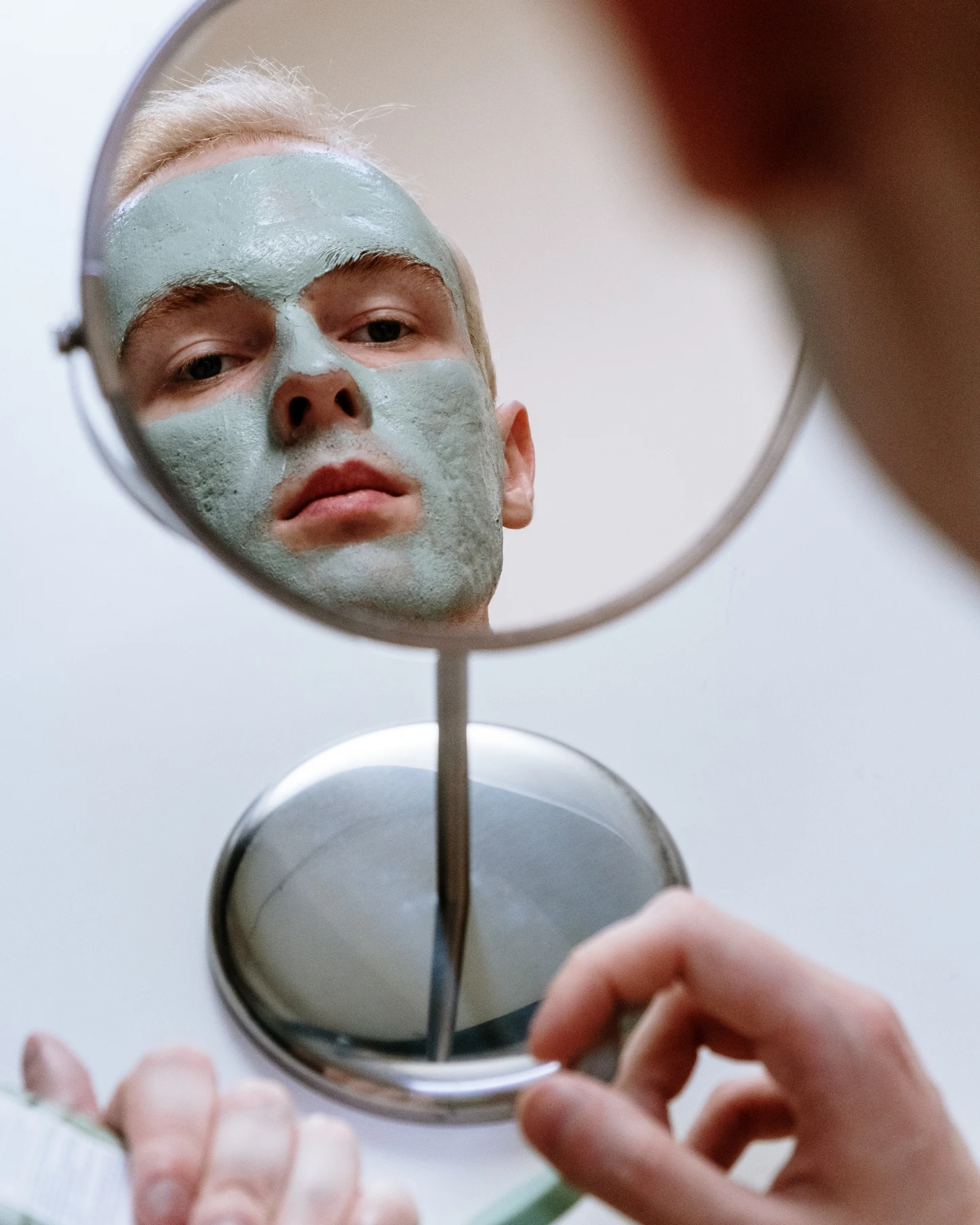Two common skin problems and solutions for men
Dry skin
Scaly patches (with or without redness), itching, and overall dryness are all signs of dry skin. Dry skin can occur at any time of year, from the intense heat of summer to the bitter cold of winter. Sun exposure wreaks havoc on the skin, causing it to become thinner and less able to retain moisture over time. Additionally, aging skin produces fewer natural oils that help keep the skin lubricated. The solution to common male skin problems: Dry skin and Athlete's foot
Treatment
The first line of defense is a moisturizer that uses water and lipids to soften and smooth the skin (fats). Certain moisturizers draw water to the skin and keep it there. Others work by coating the skin with a thick, impermeable layer that prevents moisture loss.
Jelly of petroleum.
This waxy, greasy substance prevents water loss while remaining non-clogging. It can be used alone or as an ingredient in a variety of moisturizers and ointments. Because petroleum jelly is water-free, it works best when applied while the skin is still damp from bathing.
Mineral lubricant.
Mineral oil achieves the same effect without leaving a greasy residue. Additionally, it should be applied while the skin is damp.
Moisturizing Lotions and creams.
These products are a combination of water and oil. They are less greasy and more appealing on the cosmetic front than petroleum jelly or oils. Glycerin, urea, pyroglutamic acid, sorbitol, lactic acid, lactate salts, and alpha-hydroxy acids are all examples of moisturizers that contain at least one of these ingredients.
Prevention
Consider the following changes to help prevent dry skin:
Utilize a humidifier or a pan of water set atop the radiator to add moisture to the air.
Use lukewarm water in the shower or bath (hot water can dry the skin by stripping it of natural oils).
Select non-drying soaps that are free of abrasives and irritants. Super-fatted soaps or cleansing bars are more moisturizing than liquid, antibacterial, or regular soaps.
Apply jelly, oil, or moisturizer immediately after showering or bathing to help your skin retain the water it absorbs.
Athlete's foot
Athletes' foot is caused by dermatophytes, a type of fungus that lives on the skin's surface. Intense itching; cracked, blistered, or peeling areas of skin, particularly between the toes; and redness and scaling on the soles are all telltale signs. Dermatophytes thrive in moist, warm environments such as swimming pools, showers, and locker rooms where people walk barefoot. They thrive in the warm, moist environment provided by sweaty socks and shoes.
Treatment
To begin, use an over-the-counter antifungal ointment, cream, or powder such as clotrimazole (Lotrimin AF, Mycelex, generic), terbinafine (Lamisil AT, Silka, generic), or miconazole (Lotrimin AF spray, Micatin). An infection can take weeks to resolve, and recurrences are common. Consult a doctor if symptoms do not improve after several weeks. Antifungal pills may be prescribed.
Prevention
Maintaining clean and dry feet is the most effective way to prevent an athlete's foot. Additionally, perform the following:
Each day, thoroughly clean your feet and wear a clean pair of socks after bathing or showering.
After bathing, showering, or swimming, thoroughly dry your feet (including each toe and especially the web space between the toes).
Avoid wearing flip-flops or sandals near public pools, as well as in gym locker rooms and showers.
Socks that wick away moisture and absorb sweat are recommended.
Avoid wearing the same shoes twice in a row. Allow shoes to air out and dry for 24 hours between wearings.
Pexel photo

